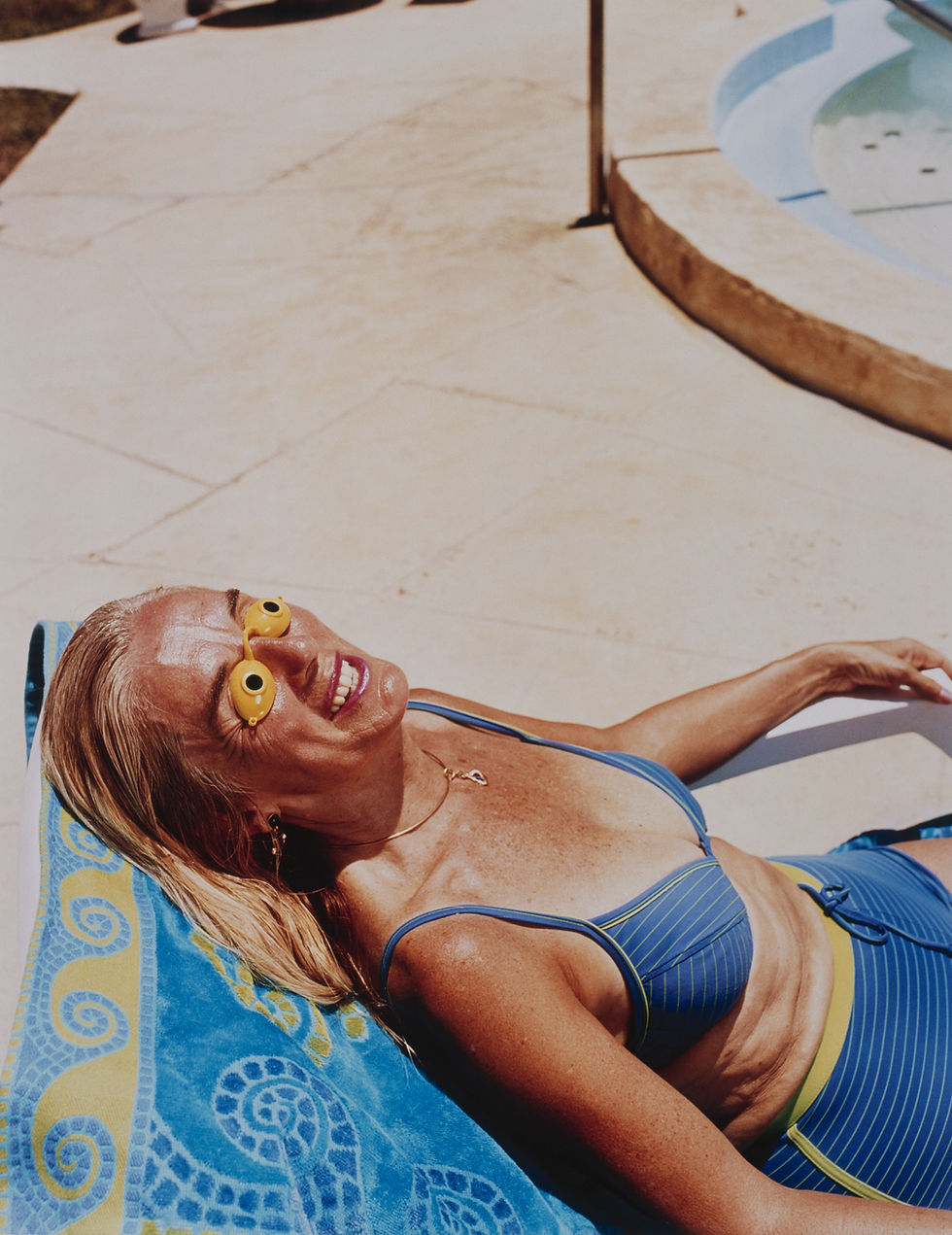Sunscreen Dangers

Hawaii’s banning sunscreen.
It’s the first U.S. state to pass a bill banning the sale of these toxic products.
Tons of sunscreen slop is dumped into the oceans killing our once beautiful coral reefs. Imagine what it’s doing to your skin.
Why?
Certain chemicals inside are killing the coral reefs. These chemicals have been found in fish, dolphins and even marine birds. Some even mimic estrogen.
They cause hormone and sex changes in fish.
A recent study revealed that up to 14,000 tons of sunscreen slop is washed off beachgoers and dumped into coral reef areas of the sea every year.1
Sunscreens are bad for the environment and even worse for you. They’re loaded with chemicals that produce free radicals, disrupt hormones — and can even lead to cancer.
Our 50th state is the first to take a big stand against the giant sunscreen profit machine. But they’re doing it to protect their ocean life. When the fact is these sunscreens that are wiping out the coral reefs are just as dangerous for the people who slather it on. You were made to thrive in the sun.
More than 200 studies prove that avoiding the sun is one of the biggest health mistakes you can make. One study in the journal Anticancer Research shows this clearly. The more sunshine you get, the lower your chances are of dying from 15 different kinds of cancer(2)
You see, your body makes vitamin D when your skin is exposed to sunlight. That’s one of the reasons why I encourage my patients to get out in the sun every day, if possible, without sunscreen.
Practice Safe Sun without Polluting Your Skin
Get vitamin D from the sun by practicing “gentle tanning.” Here’s how to do it: ✔ First, start out slowly. If you haven’t basked in the sun for a while, ease into it. And if you’re fair-skinned, limit yourself to 10 to 20 minutes a day. If you have a darker complexion, then you can push it to about an hour. ✔ Then start to expose yourself more to the sun. It’s not enough to just take a walk outdoors. You need to roll up your sleeves and pant legs and expose some skin. But do wear a hat. Your face gets enough natural sunlight exposure every day. ✔ And timing is everything. Get out in the sun when your shadow is shorter than you are. Typically, that’s between 10 a.m. and 2 p.m. That’s when the sun is highest and rays are strongest so you can get good exposure over a short time.
Just 10 minutes in the midday sun can give you 10,000 IU of vitamin D.
Use nature’s sunblock — zinc. When I’m in the tropics, I choose zinc as a safe sunblock. Unlike chemical sunscreens that absorb UV light, zinc oxide sits on top of your skin. It reflects and scatters both UVA and UVB rays so they don’t penetrate your skin.
Apply zinc oxide generously on exposed skin at least 30 minutes before prolonged sun exposure. Look for micro-fine zinc oxide. It spreads on your skin smoothly and evenly. And it’s so fine it’s nearly invisible. No one will even know you’re wearing it.
Take the right supplement. I find that most people don’t get enough vitamin D from food and sunshine. That’s why I give all my patients a simple blood test to measure levels of “25-hydroxyvitamin D.”
I usually recommend 5,000 IU every day. Also, look for vitamin D3, or cholecalciferol. It’s identical to the D your body produces. Avoid the D2 form. It’s usually synthetic and your body has to convert it to D3.
You can also take cod liver oil. Look for cold-pressed oil with a lemon flavor. One tablespoon a day will give you more than 1,200 IU of vitamin D.
To Your Good Health
Al Sears, MD, CNS
https://mypureradiance.com
References:
1. Lawrence K and Young A. “Protecting your skin could be harming the ocean — this is why.” World Economic Forum. September 8, 2017.
2. Grant WB and Garland CF. “The association of solar ultraviolet B (UVB) with reducing risk of cancer: Multifactorial ecologic analysis of geographic variation in age-adjusted cancer mortality rates.” Anticancer Res. 2006;26(4A):2687-2699.



















